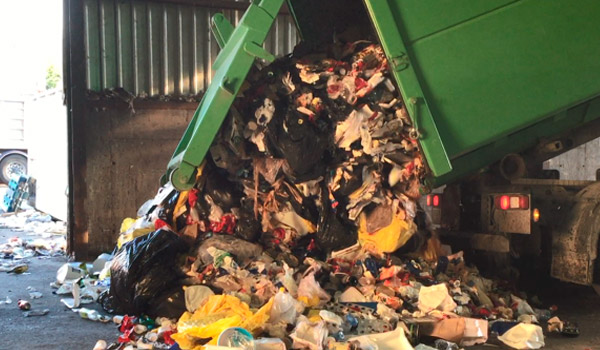One of the most important steps in applying for the authorization of the alternative treatment method of Category 1 and 3 is to demonstrate, through safety testing, that the residue to be treated poses no risk to humans and animal health, in case it is transferred remotely to the food chain.
An accredited laboratory has been responsible for carrying the analytics which have consisted of performing a general analysis of the samples and a comparison analysis of the microbiological parameters. The objective of these analytics is to identify microbiological differences between both waste categories, identifying the presence of pathogens potentially harmful to human and animal health and the environment.
As previous data are not available, and the proposed process is pilot, a general analysis has had to be carried out to see if both waste streams have clear differences in this regard.
Samples of 1 – 2 Kgs of the organic fraction of both residues (1 Cat. 3 sample and 2 Cat. 1 samples) have been taken to perform the analyses. Currently, the results obtained are being analysed by expert parties, in order to determine whether the samples have considerable differences.
The data obtained will also serve as a reference when we start working with the prototype, since we will be able to analyse the material obtained and see if it differs from the input sample.
While we are waiting, plant employees are being trained and informed of how to use the prototype and the roles they should perform.

